In this third and last article about the wines of Germany, we shall complete our wine tour with three more regions to discover. Whether you are an amateur or a connoisseur, Germany’s different wines will
In this third and last article about the wines of Germany, we shall complete our wine tour with three more regions to discover. Whether you are an amateur or a connoisseur, Germany’s different wines will still surprise your palate.
The Saale-Unstrut region
Saale-Unstrut is Germany’s northernmost wine-growing region. It is named after two rivers in the states of Saxony Anhalt and Thuringia. Viewed from above, it is easy to see that the vineyards of Saale-Unstrut are not contiguous. Most are spread out over a larger area and typically, many little vineyard terraces account for the unique charm of this region. In addition, there are beautiful short turns such as the Cultural Center of Nuremberg. To this day, a large portion of the town’s historic architectural core is intact. The stone album of the region bears witness to a millennium of viticulture history. The stone relief about 500 foot long depicts wine-related biblical motives.
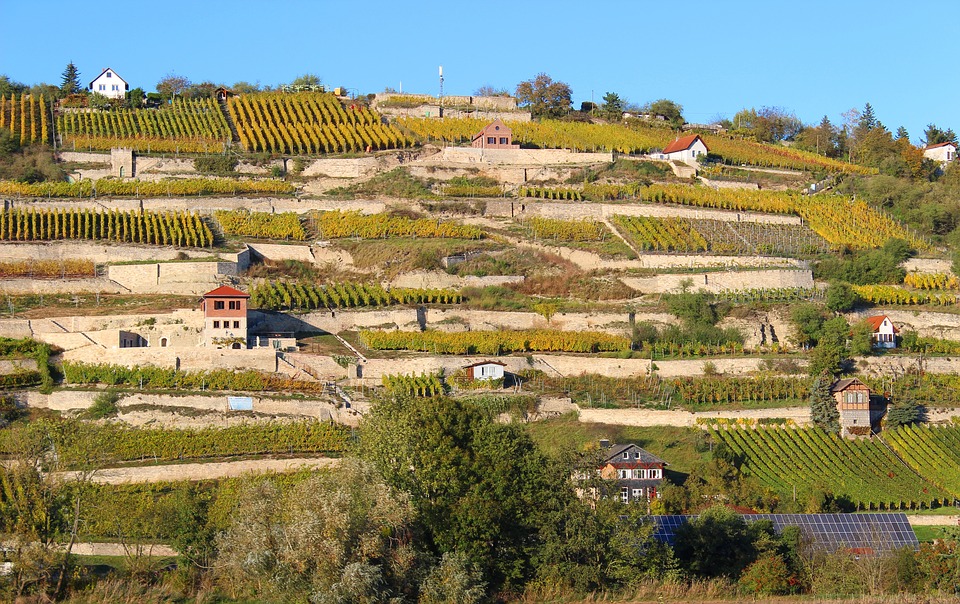
Sparkling wine production enjoys a long tradition in Saale-Unstrut. The region’s brand is well known beyond its borders. Delicately, fruity, sparkling wine has been produced here since 1856, often still lovingly handcrafted as in the past. Its vast cellars have a gigantic carved wooden cuvee cask. The content of which could fill 160000 bottles with sparkling wine.
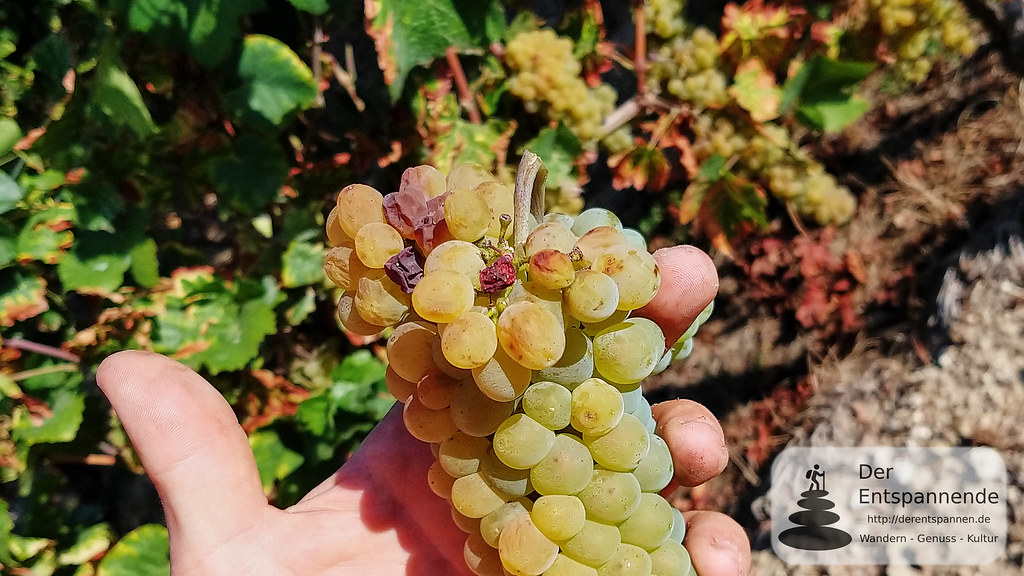
With some 650 hectares of wine, Saale-Unstrut is one of the smaller German wine regions. Traditionally growers vinified their wines in a dry style. The wine’s character is greatly influenced by the Marl limestone and colored sandstone soils. There are more than 20 different grape varieties to sample and compare. The variety which the growers are especially proud of is the Weissburgunder; Pinot Blanc wines which doubtlessly the best of the region. Weissburgunder makes excellent dinner wines as they pair well with seafood, pork, veal, poultry and pasta.
The Sachsen region
One of Germany’s smallest wine-growing region is named after the state in which it is located, Saxony. Viticulture here is confined to sites along the Elbe River. Thanks to its picturesque setting in the middle of the Elbe valley, the state capital Dresden is also fondly known as Florence on the Elbe. Dresden alone merits a visit. An excursion south and north of the city will reward you with fabulous views. Schloss Wackerbarth is one of the region’s top viticulture addresses. The Belvedere is the landmark of the palace. It lies adjacent to the vineyards and is a good vantage point for taking in the beauty of the rock gardens in its entirety. Here too, you can sample wines on site.
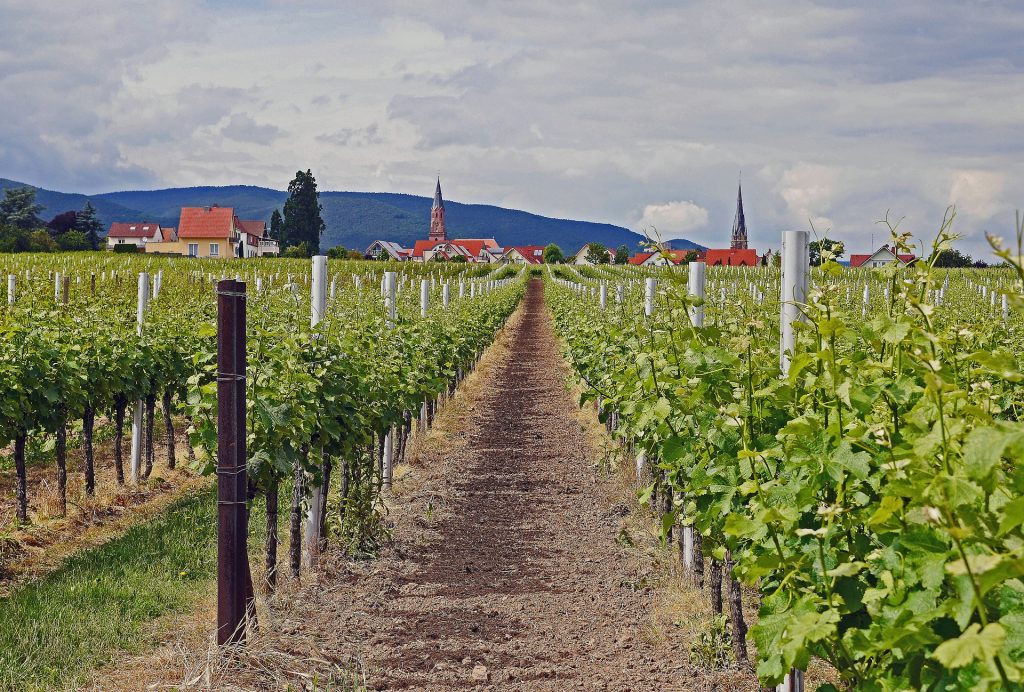
Especially popular in Saxony are the varieties of Müller-Thurgau and Riesling, but also a regional specialty, namely Gold Riesling. Naturally, after sampling the tasty wines, you can also purchase them. Saxony’s wine are stamped by the region’s many different soil types and by the steep slopes along the Elbe. The Elbe valley is also a great place for holidays. At the end of a pleasant day, you can have a picnic, ideally in the midst of the vineyards and enjoy the wonderful view of the Meissen Cathedral, a Gothic-style church dating from the Middle Ages.
Besides wine, Saxony is also one of Germany’s first cultural destinations with festivals, concert houses, museums and exhibitions representing Sachsen’s high culture and unique musical landscape.
The Nahe region
The Nahe is 93 miles long, a little gem that’s relatively unknown but home to outstanding wines not least due to the region’s geological diversity. With mild winters and plenty of sunshine, the Nahe region has some traits of a Mediterranean climate. The diversity of Nahe’s soils could easily make for many a lesson in geology. Slate, sandstone, volcanic rock and even precious stones crowded together in a relatively small area. Seldom elsewhere, the growers have such a selection at their disposal. Soil types often change and this changes the taste of the wine. There may be three different types of soil within a single vineyard. No wonder it isn’t very easy to categorize Nahe wines, only tasting helps. Experts agree that compared to other top wines, Nahe growths offer an enormous potential of fruit, spice and body. Riesling, Dornfelder and Müller-Thurgau are the favorites of Nahe growers. Wine festivals are held every weekend between March and December and visitors are always welcome.
When you make a stop in the Nahe, have a look at the bridge in Bad Kreuznach and of course, mainland Europe’s highest rock face north of the Alps, the Rotenfels. Visit the historic town of Meisenheim to discover its romantic lanes, old half-timbered houses, impressive landmarks such as the late-Gothic castle church and do not miss the town’s food festival!
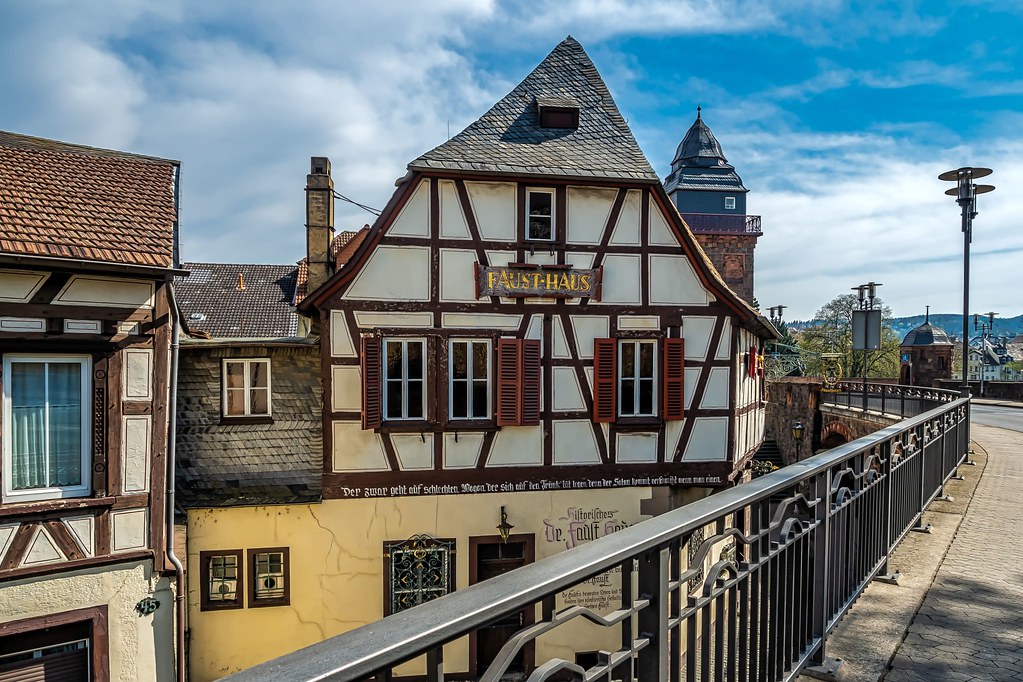
Now that you know what awaits you in Germany, perhaps you wish to embark on a wine tour. Comment below and share your experiences if you’ve already been to Germany’s wine regions. Remember to drink responsibly!

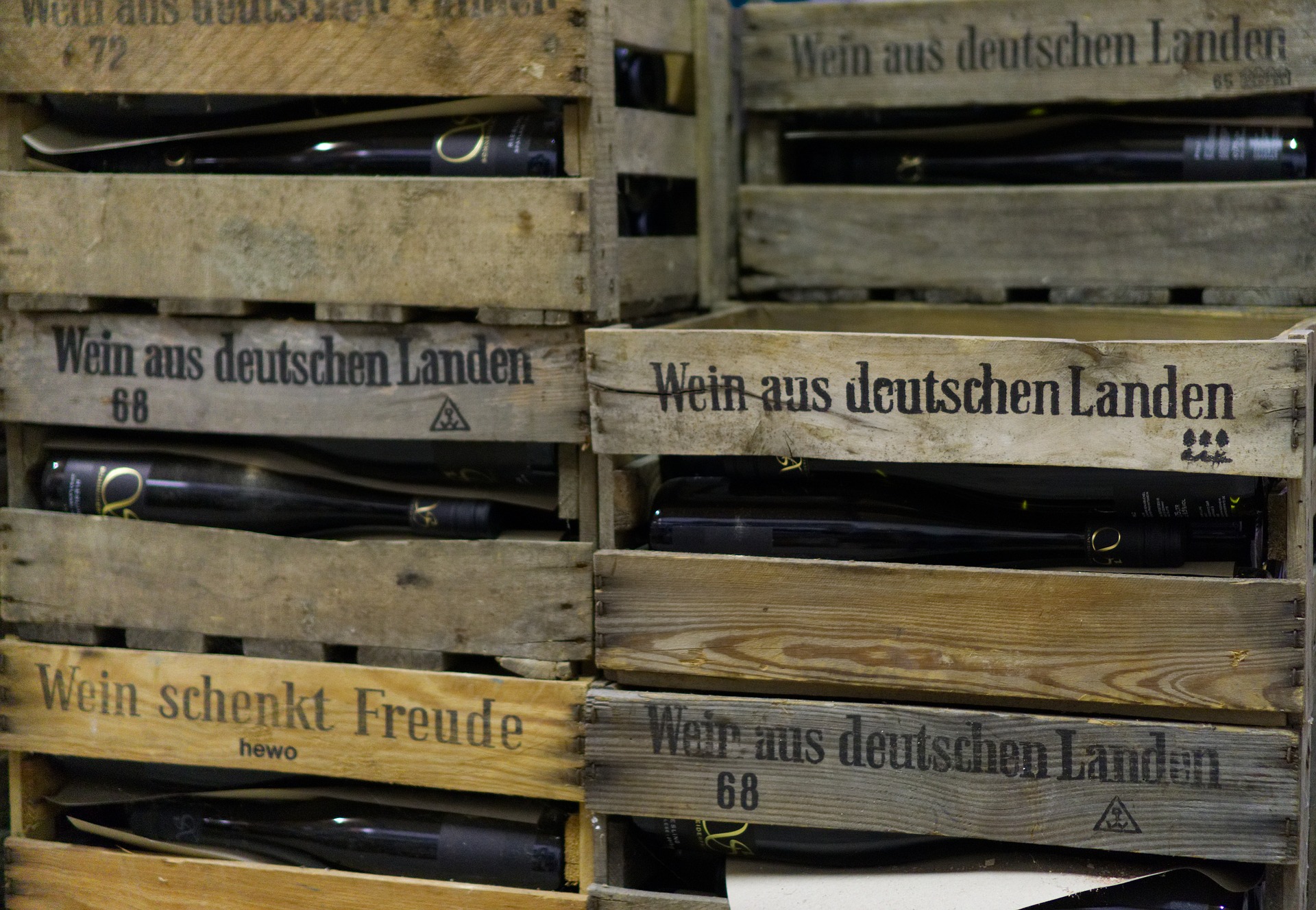
One thought on “Wines of Germany (Part 3)”